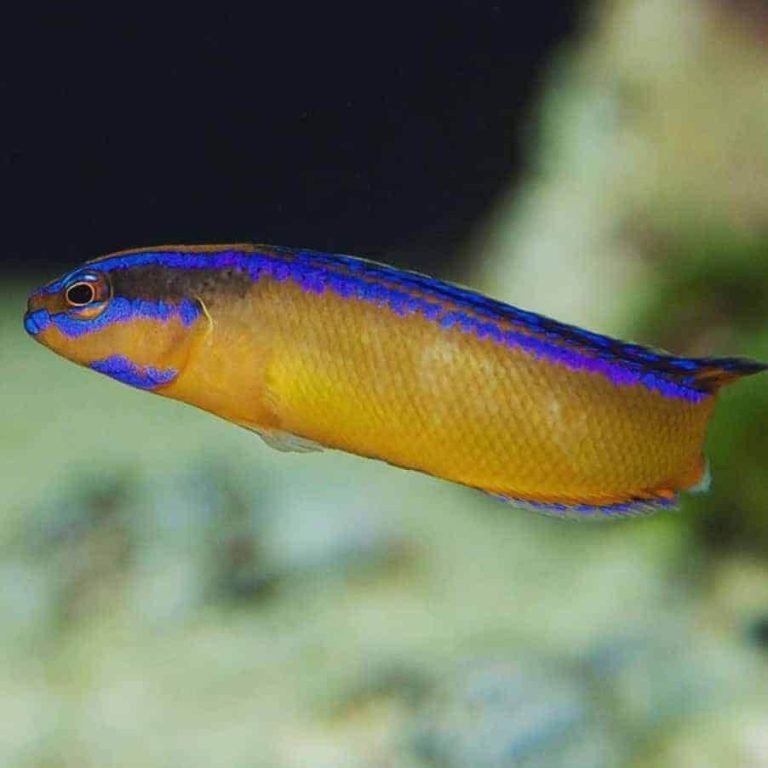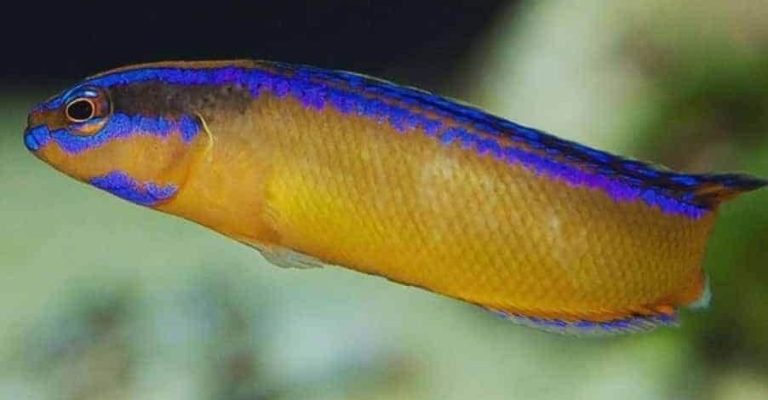
Think of your reef tank as a bustling neighborhood, where every fish and coral plays a role in the community. Just like in any neighborhood, some residents get along better than others. The dottyback, known for its territorial nature, can sometimes stir up conflict in this underwater community. Let’s break it down and explore the compatibility of dottybacks with corals and how to create a harmonious environment for your tank.
Understanding the Dottyback’s Nature
Before we get into their compatibility with corals, it’s essential to understand what makes dottybacks tick. Dottybacks belong to the Pseudochromis genus, which includes several species, like the purple and yellow dottybacks. These fish are often viewed as “the little terrors” of the reef tank. Why? Well, dottybacks can be quite aggressive, especially during breeding seasons or when they feel their territory is threatened.
Their bright colors might be inviting, but they carry a personality that can be challenging. For example, you might see a dottyback claim a spot in your live rock and become defensive if any other fish come too close. This territorial behavior can lead to conflicts in a mixed-species tank. So, while dottybacks can certainly add beauty to your aquarium, it’s crucial to plan their introduction wisely.
Compatibility with Coral: The Good and the Bad
When thinking about reef safety, it’s important to consider how dottybacks interact with corals. Generally, dottybacks don’t pose a direct threat to the corals themselves. They’re more interested in establishing their own territory than munching on corals. However, they can become a bit of a nuisance when it comes to tank harmony.
Here’s the thing: while dottybacks won’t eat your corals, they might disrupt the delicate balance of your reef ecosystem. For instance, aggressive dottybacks may chase away smaller fish or bother tank mates, which, in turn, could lead to stressed-out fish and unhealthy living conditions for your corals. You might encounter corals that become less vibrant or start showing signs of stress when tank dynamics are off.
Types of Corals and Their Resilience
The type of corals you have plays a significant role in how well they coexist with dottybacks. Some corals are tough cookies, while others are more sensitive. Here’s a quick rundown of coral types and their resilience:
- Soft Corals: These are generally more forgiving and can handle a bit of pushing and shoving from dottybacks.
- Hard Corals: These are less tolerant to aggressive fish and may struggle if your dottyback is particularly territorial.
- LPS (Large Polyp Stony) Corals: Often need a more peaceful environment; they might not fare well in a dottyback’s territory.
Keeping these coral types in mind can help you create a more balanced tank where your dottyback can thrive without compromising the health of your corals.
Creating a Peaceful Environment for Your Reef Tank
So, what can you do to ensure your dottyback and corals live in harmony? First off, providing ample hiding spots is key. Think of it like giving every resident a cozy nook in the neighborhood. Dottybacks love to swim among live rock or within coral skeletons, so incorporating more of these structures can reduce territorial behavior.
Another thing to consider is the tank size. A larger tank can help mitigate the aggressive tendencies of dottybacks. In a spacious environment, they have room to establish their territory without feeling cornered. Pairing them with peaceful tank mates, like certain types of gobies or wrasses, can also help. Just make sure you introduce new fish gradually to prevent territorial disputes.
Feeding Considerations for Dottybacks and Corals
Feeding is an essential part of keeping your reef tank balanced and healthy. Dottybacks are carnivorous and enjoy a varied diet. When feeding them, consider using high-quality fish pellets, frozen foods, and even live foods occasionally. A well-fed dottyback is generally less aggressive.
On the other hand, your corals need proper nourishment too. Most corals benefit from plankton and specialized coral foods. Providing both species with the right diet helps create a thriving ecosystem. It’s about striking a balance: feed your dottybacks well to keep their aggressive tendencies in check while ensuring your corals get their nutrients without competing for food.
Monitoring Coral Health
You might be wondering how to keep an eye on your corals’ well-being. Regularly observing your corals for changes is crucial. Look out for signs of stress, like bleaching or recession. Keeping water parameters stable—like salinity, temperature, and pH—also plays a substantial role in the health of your reef tank.
If you notice that your corals are not doing well, it could be a sign that the dottyback is being too territorial. Sometimes a simple rearrangement of the tank layout or introducing more hiding spots can significantly improve the situation.
Dottyback Species: Choosing the Right One for Your Reef
If you decide to include a dottyback in your reef tank, it’s worth considering different species. Not all dottybacks are created equal when it comes to temperament. For instance:
- Purple Dottyback: Generally more peaceful but can still be territorial during breeding.
- Royal Gramma: Another popular choice; it tends to be less aggressive towards tank mates.
- Yellow Dottyback: Known for being a little more aggressive; think carefully before adding this one.
Choosing the right species can make a big difference in how well the dottyback integrates into your reef tank.
In conclusion, the dottyback can be a stunning and vibrant addition to your reef tank, but compatibility with coral requires careful consideration. By understanding their nature, providing adequate hiding spaces, and keeping an eye on tank dynamics, you can create a harmonious environment. Remember, it’s all about crafting a balanced neighborhood for your fish and corals. With a little planning and observation, you can enjoy the beauty of dottybacks while ensuring your corals thrive. Happy reef-keeping!

